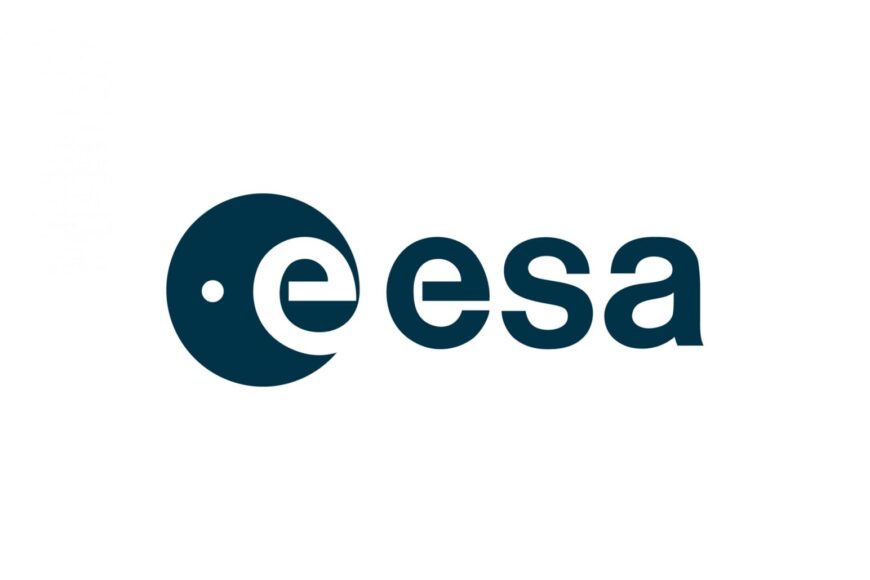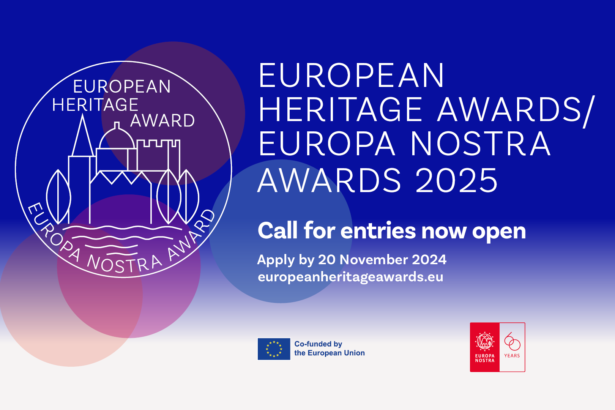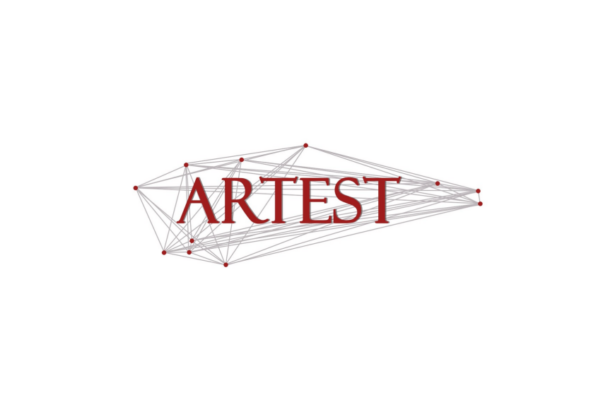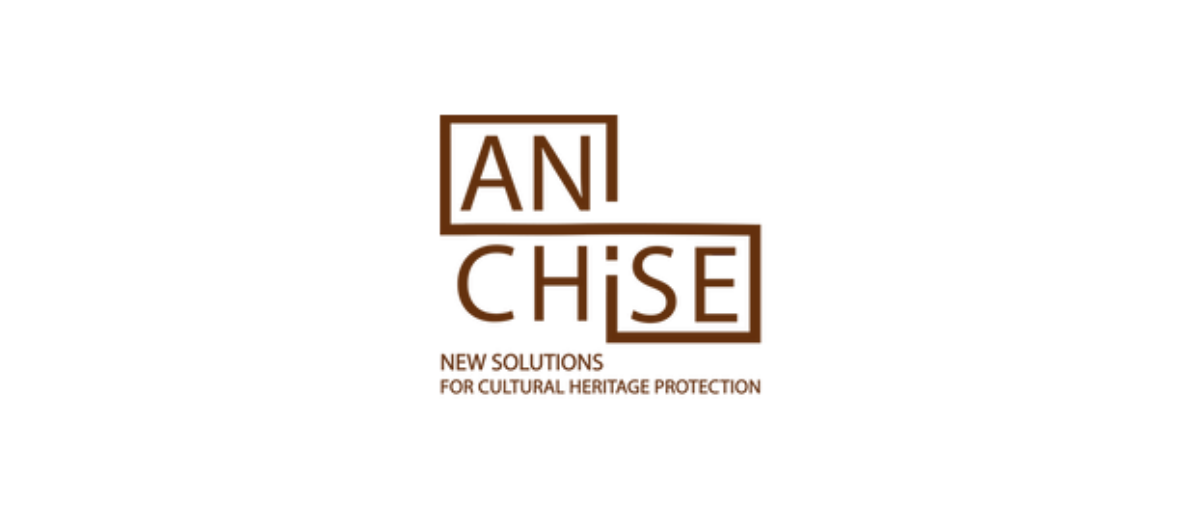When we think about cultural heritage, the first thing that spring to mind are most likely sites, monuments, artefacts, and traditions. When we talk about the digitisation of cultural heritage, we probably think of specialists armed with laser scanners and other technical equipment working on site to record and document objects or working on computers to create and enrich 3D models based on fieldwork and scholarly research.
We probably don’t think about the high frontier of space technology and the contribution that Earth Observation makes to our understanding of the past and protecting it for the future. Satellites produce more than just photographs of our world, and the space sector is increasingly providing and supporting cultural heritage with new data, types of data, and ways to explore, interpret, and understand our heritage.
In a recent publication by the European Space Agency, “ESA Commercialisation Gateway Market: Perspective Edition 2024” (p96-101) highlights the cooperation between the ESA and international Cultural Heritage NGOs (including the UNESCO Chair on Digital Cultural Heritage at CUT).
The ESA report shows how the two sectors work together in three main areas.
- Exploration: identifying undiscovered sites and helping to define the extent of sites
- Protection: providing information to assist in the conservation and preservation of sites and to alert authorities if the site is at risk or if something unexpected has changed.
- Transmission: assisting the heritage sector with data to expand research activities, manage access, and to valorise and share with the public our past.
Providing examples of case studies and opportunities for European companies willing to bridge the gap between space and cultural heritage through innovation and commercialisation.
A local copy of just the “How can space assets support the cultural heritage ecosystem? Use cases and commercial applications” is available.





